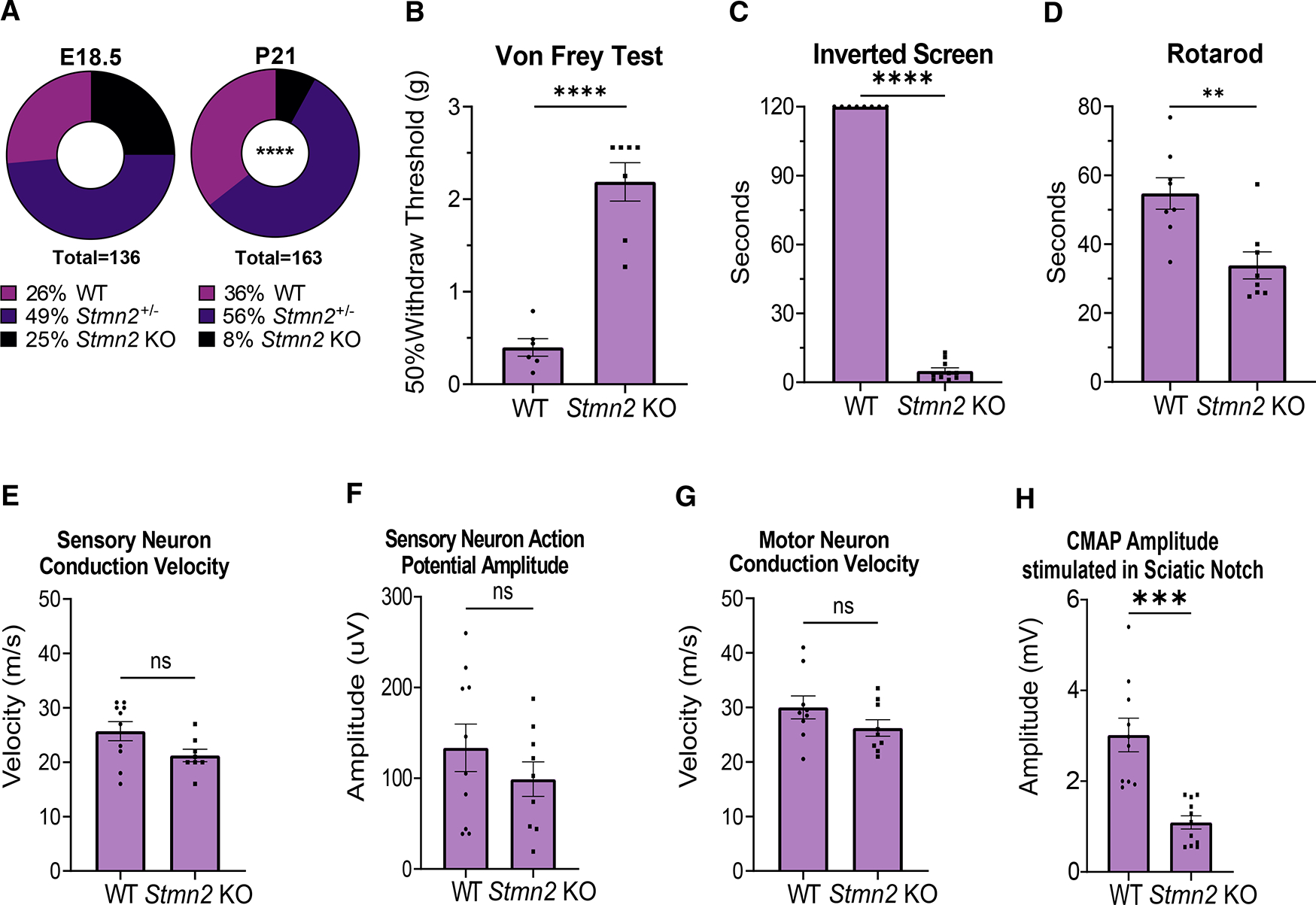Figure 2. Total STMN2 loss causes perinatal lethality as well as sensory and motor deficits.

(A) Genotype distribution of E18.5 embryos (n = 136) and P21 mice (n = 163). Statistical significance was determined by the χ2 test for goodness of fit.
(B) Average 50% hind paw withdrawal threshold when force (grams) applied (WT n = 6, KO n = 7).
(C and D) (C) Latency time (s) to fall from an inverted screen (WT n = 8, KO n = 10; max. 120 s), and (D) length of time (s) on an accelerating rotarod before falling (WT n = 8, KO n = 8), for WT and Stmn2 KO mice.
(E and F) (E) Average sensory nerve conduction velocity and (F) Action potential amplitude for WT (n = 10) and Stmn2 KO mice (n = 8,9).
(G and H) (G) Average motor neuron conduction velocity (WT and KO n = 9) and (H) Compound muscle action potential (CMAP) amplitude stimulated in the sciatic notch for WT (n = 9,10) and Stmn2 KO (n = 9,11) mice. All data reported here are from 3-month-old mice. Unless otherwise stated, statistical significance was determined by the Student unpaired t-test. All data are presented as mean ± SEM. ns, not significant. **p < 0.01, ***p < 0.001, ****p < 0.0001. See also Figures S1 and S2.
